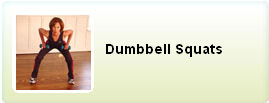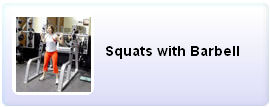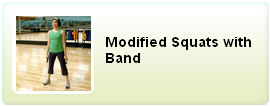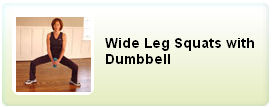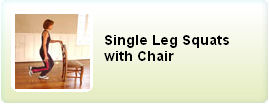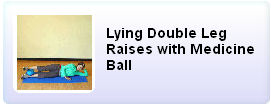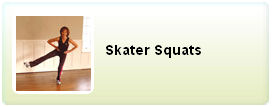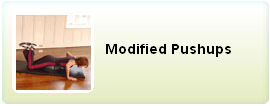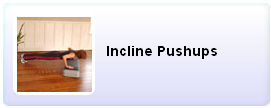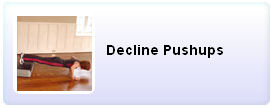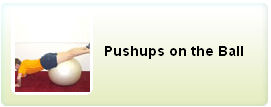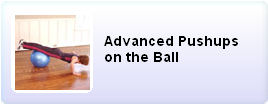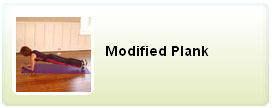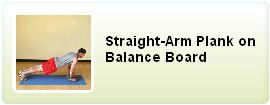|
Runners are a breed all their own. I can say that because I am a runner. We can be quirky about our race rituals and to outsiders looking in, our lives seem to revolve around a "boring" sport of putting one foot in front of the other. But as any runner knows, it's not really that simple (or boring!), to try to fit in No matter what type of runner you are, or how many races you have under your belt, we all share one common goal: to be better runners. We want to get faster, run farther, be more efficient, and stay injury-free. But if we hope to reach this goal, we must do more than just run. It is important to incorporate other exercises into our workout plans, as well as some rest, if we hope to reach our full running potential. Strength training is an important form of exercise for serious athletes and recreational exercisers alike, because not only does it help you build lean muscles that power your body through tough runs, but it also fires up your metabolism to help with weight-control and strengthens your bones against age-related deterioration. A solid strength training program can help runners achieve a more balanced musculature for greater power and a lower injury risk. Here are some of the moves every runner should include as part of their strength-training program, along with an explanation of why each exercise is so important for runners. SquatsSquats are the single most effective exercise that you can perform to strengthen the entire lower body. Squats target the quadriceps, hamstrings, hips, hip flexors, and glutes, and even activate your core. When done properly, they can also help strengthen your knees and prevent knee pain and injury. Here are a few ways to do them, based on your fitness level and equipment available:
Lateral MovementsRunners seem to only move in one direction: forward! That's why it's important to train your body through other planes of movement, like backwards or sideways (laterally). Lateral moves help you train often-neglected muscles like the abductors (outer thigh) and adductors (inner thigh), helping increase stability at your joints, improve your balance, and prevent injury. Here are some examples you can try.
PushupsRunners often neglect their upper bodies when training, but a strong upper body is essential for overall fitness and powerful runs. Pushups help strengthen the arms, chest, and shoulders, as well as the core, in one move, and you can do them anywhere, too. Various types of bench presses or chest
PlankAs a runner, you are only as strong as your core is—your
Now you know the key muscles and movements that runners should include in their strength training programs. When you're short on time, try just one exercise from each of the categories above, or include a few from each section into your current strength-training workouts. This article has been reviewed and approved by SparkPeople Coach Jen Mueller, Certified Personal Trainer. |



